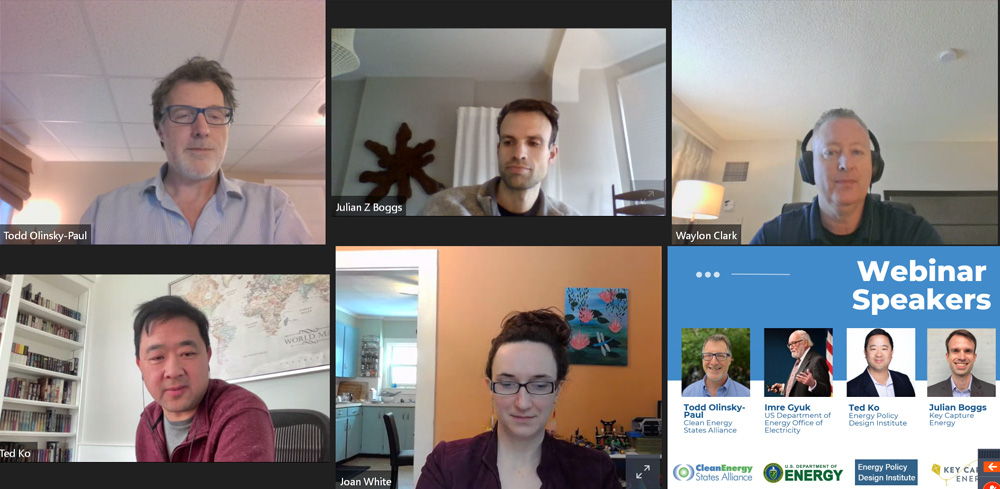Solar advocates have petitioned FERC to take enforcement action against Arizona’s Salt River Project for setting rates that allegedly discriminate against customers with rooftop solar.
The rooftop solar rates are in violation of the Public Utilities Regulatory Policies Act (PURPA), according to the petition. It was filed Jan. 12 by the nonprofit advocacy group Vote Solar and two SRP residential customers with rooftop solar.
“SRP’s current policies for residential customer solar violate the commission’s rules and have decimated what was previously a robust market for solar,” the petition said.
The petition asks FERC to compel SRP to offer nondiscriminatory electric rates for rooftop solar customers as well as fair rates for buying electricity from those customers.
As an alternative to an enforcement action, the petition asks the commission to make a finding that SRP’s rates for rooftop solar customers violate PURPA.
PURPA is intended to encourage development of small power producers and co-generators and to reduce fossil fuel demand.
SRP said in a statement that it is reviewing the FERC filing.
“Based on an initial review, we believe the claims are without support and the background provided regarding SRP’s programs and support of its solar customers is inaccurate,” the utility said.
SRP said it has a number of rate options for rooftop solar customers and, as of September, had more than 54,000 residential customers with rooftop solar systems.
Solar Rate Plans
Rate disputes are often resolved by a state’s public utility commission, according to David Bender, an Earthjustice attorney who’s working on the case on behalf of Vote Solar.
But because SRP is not regulated by the Arizona Corporation Commission, the petitioners took their issue to FERC, Bender told RTO Insider.
If FERC doesn’t initiate an enforcement action within 60 days, the petitioners may bring an action in federal court.
According to the petition, SRP has separate rate plans for rooftop solar customers and nonsolar customers.
The solar customers pay a fixed monthly charge that is up to $25.44 higher than that paid by nonsolar customers, the petition said, while the kilowatt-hour charge and demand charge are the same for both types of customers.
In addition, the petition said, only non-solar customers are offered the EZ-3 time-of-use plan, which includes a “more advantageous” three-hour peak period: 3 to 6 p.m. or 4 to 7 p.m.
In contrast, the time-of-use plan offered to solar customers has a longer peak period that varies by season — 2 to 8 p.m. in the summer and 5 to 9 a.m. plus 5 to 9 p.m. during the winter, according to the petition.
“All of the solar-customer tariffs impose higher fixed charges and preclude solar customers from benefits available under tariffs for nonsolar customers,” the petition alleged.
SRP’s rates to buy electricity from solar customers also violate PURPA, according to the petition, which said that the 2.8 cents/kWh reimbursement under several of SRP’s tariffs is lower than the utility’s full avoided costs.
New Mexico Case
Bender worked on a similar case involving solar rates charged by the Farmington Electric Utility System, owned by the city of Farmington, N.M.
In that case, FERC declined to act on a petition filed in April 2019 by Vote Solar and several Farmington residential electric customers who had rooftop solar. The parties contested a “monthly standby charge” that the Farmington utility charged its solar customers.
They took their case to federal court. The case was dismissed in U.S. District Court, but a Court of Appeals reversed the decision. Farmington rescinded its additional charges for solar customers and, under the terms of a settlement, agreed to credit or refund customers who had paid the standby charge.
